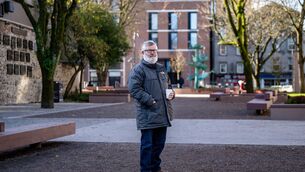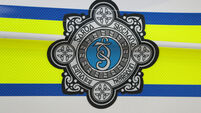Red kites are back in the wild
A ‘cob’ being a male swan, the family crest featured two swans walking the road of life with the motto Moriens cano [dying I sing], appearing underneath: Aristotle thought swans sang before dying. Now, however, Newbridge has a new ornithological connection.
The estate, with its 154 hectares of forest and farmland, was acquired by Fingal County Council, who opened a Regional Park there in 1986. The house can be visited, there’s a walled garden and a fine adventure playground. At the ‘traditional farm’, children encounter piglets, kid goats and foals. Eggs are hatched in incubators. Coaches and old farm machinery are displayed. Newbridge attracts children from far and wide but, this summer, there were other junior visitors; 26 red kite chicks, taken from nests in Wales.














